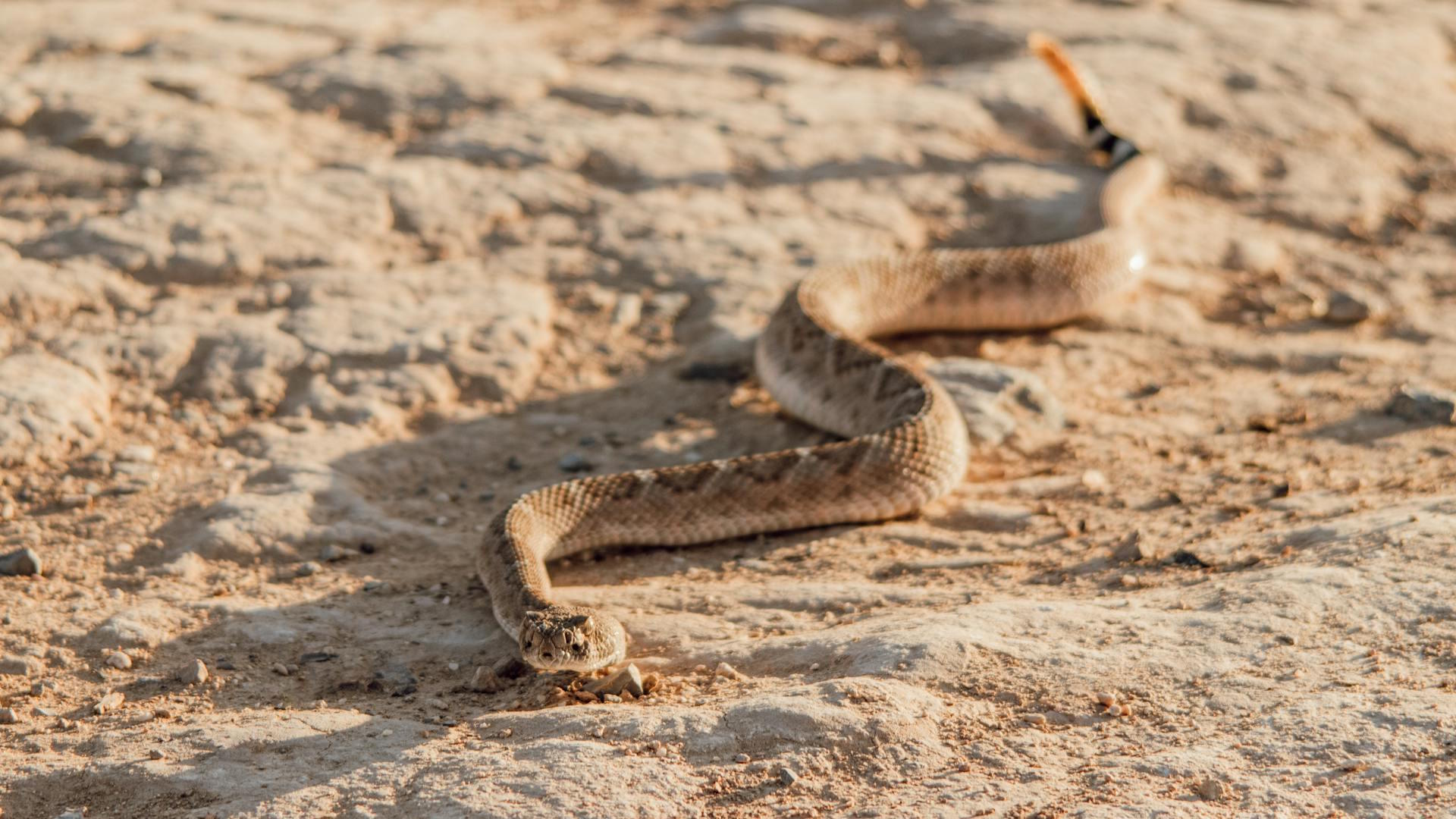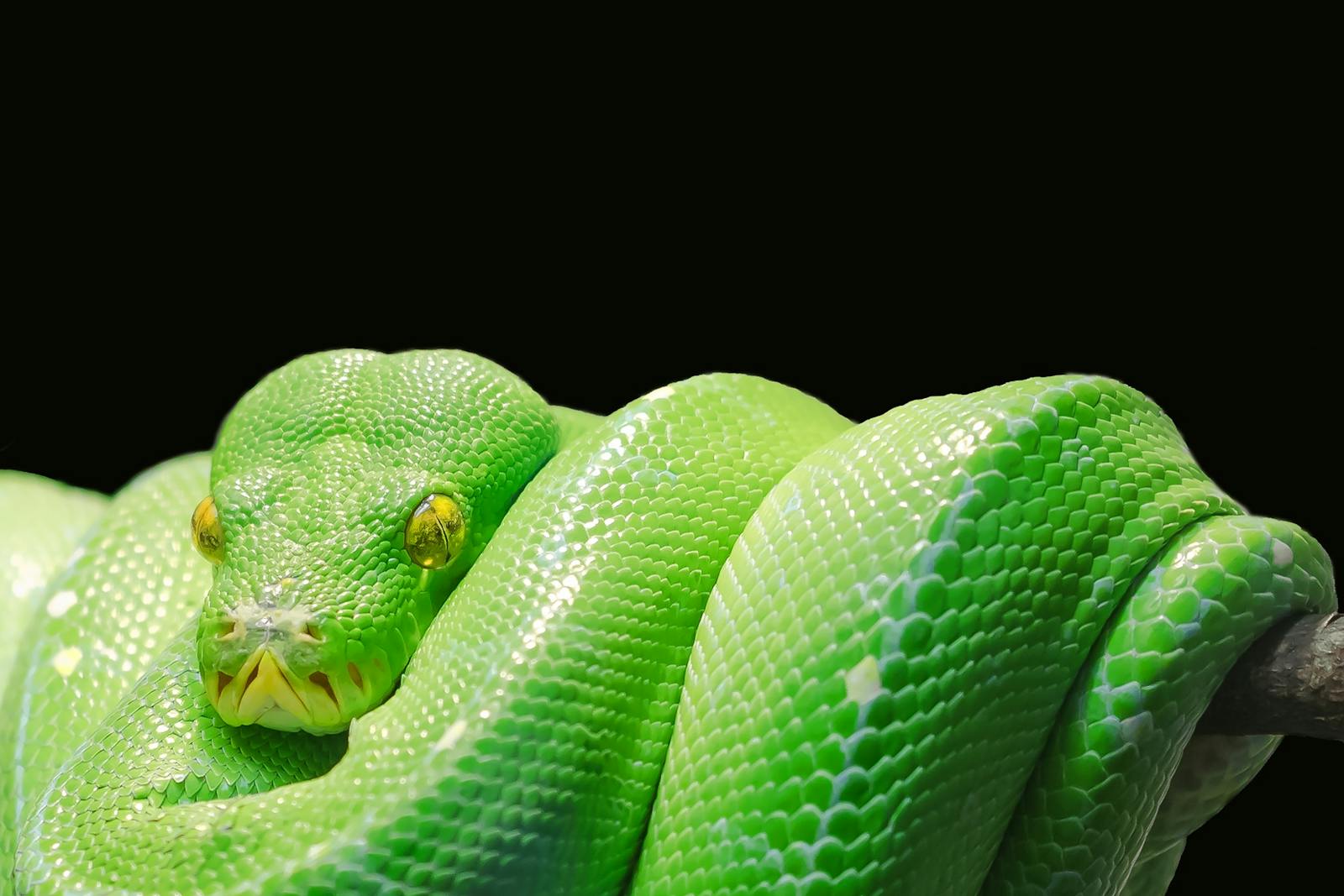Deep in the murky waters of rivers, lakes, and swamps across the globe, one of nature’s most perfect predators has been perfecting its hunting strategy for over 200 million years. Crocodilians—including crocodiles, alligators, and gharials—are renowned for their powerful jaws and bone-crushing bite force. Among these ancient reptiles, one species stands out as possessing the most formidable bite ever scientifically measured. The saltwater crocodile (Crocodylus porosus), sometimes called the estuarine crocodile, has earned the title of having the strongest bite force of any living animal. This remarkable predator combines ancient evolutionary adaptations with specialized anatomy to create a biting mechanism that has become legendary in the animal kingdom.
The Record-Breaking Bite Force

The saltwater crocodile holds the distinction of having the strongest bite ever recorded in the animal kingdom, with measurements showing a bite force of up to 3,700 pounds per square inch (psi). To put this in perspective, this is over three times stronger than the bite force of a lion (around 1,000 psi) and approximately 25 times stronger than the average human bite (which measures about 150 psi). This extraordinary power was officially documented in 2012 by a team of researchers led by Dr. Gregory Erickson, who used a specialized bite-force transducer to measure the crushing power of adult saltwater crocodiles. What makes this feat even more impressive is that some larger specimens of saltwater crocodiles are estimated to potentially generate bite forces exceeding 7,000 psi, though this remains theoretical for the largest individuals, which are often too dangerous to test directly.
Anatomy of a Crushing Jaw
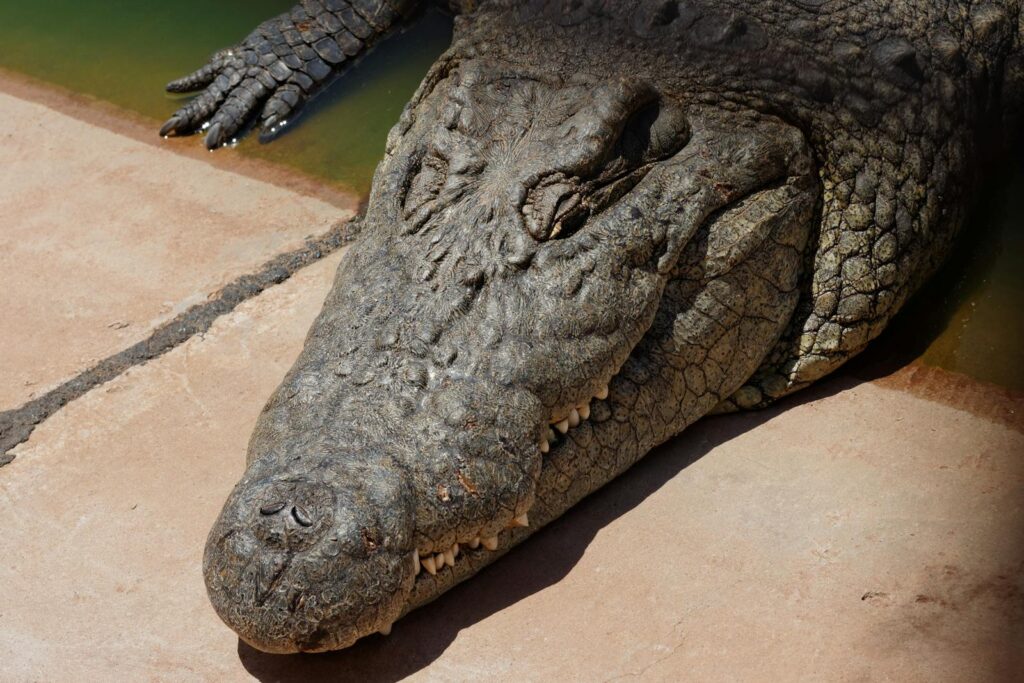
The saltwater crocodile’s incredible bite force stems from its specialized jaw anatomy and powerful musculature. Unlike mammals, which have muscles on both sides of the jaw (for both opening and closing), crocodiles have allocated almost all their jaw muscle mass to closing the mouth with tremendous force. The primary muscle responsible for this power is the pterygoideus, an exceptionally large muscle that wraps around the back of the jaw and attaches to the lower mandible. Additionally, crocodiles possess a unique arrangement of bones and connective tissues that allows them to transfer muscular energy efficiently into biting force. The mechanical advantage of their jaw structure means that even relatively modest muscle contractions can generate enormous pressure at the tooth surface, creating a biological vise that few animals can escape once caught.
The Saltwater Crocodile: An Overview

The saltwater crocodile is not only the strongest biter but also the largest living reptile on the planet. Adult males can reach lengths exceeding 20 feet (6 meters) and weights of over 2,000 pounds (900 kilograms), though specimens approaching these dimensions have become rare due to hunting and habitat loss. Native to the Indo-Pacific region, these massive predators inhabit coastal areas, rivers, and estuaries across northern Australia, eastern India, Southeast Asia, and numerous islands throughout the region. Despite their name, saltwater crocodiles are equally comfortable in freshwater environments and can travel long distances by sea, which has enabled them to colonize numerous islands across their range. Their exceptional size combined with their devastating bite force has made them apex predators in every ecosystem they inhabit.
Evolutionary Advantages of a Powerful Bite
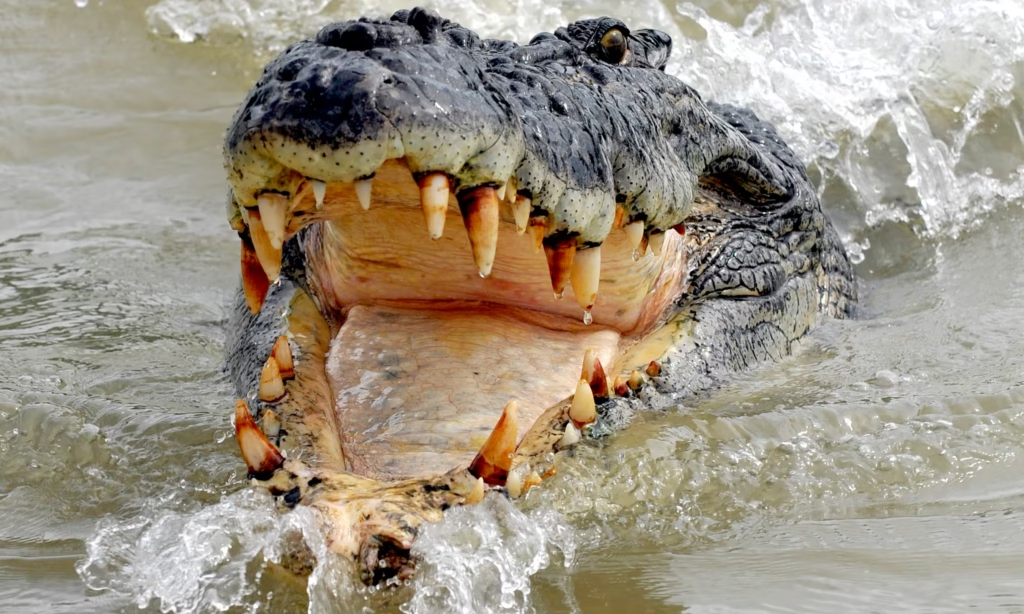
The extraordinary bite force of saltwater crocodiles represents the culmination of millions of years of evolutionary refinement. This adaptation serves multiple critical functions for their survival and hunting strategy. Primarily, the crushing power allows these reptiles to subdue large prey items that might otherwise escape, including wild pigs, water buffalo, and even sharks in marine environments. Beyond killing prey, the extreme bite force enables crocodiles to shatter bones and break apart carcasses, allowing them to consume portions of prey that would be inaccessible to many other predators. Additionally, this power plays a crucial role in their defensive capabilities, territorial displays, and mating behaviors, where males will often engage in dramatic contests involving biting demonstrations to establish dominance. From an evolutionary perspective, the investment in jaw strength over other physical attributes reflects the central importance of this feature to the crocodile’s ecological niche.
Hunting Techniques and Prey Selection
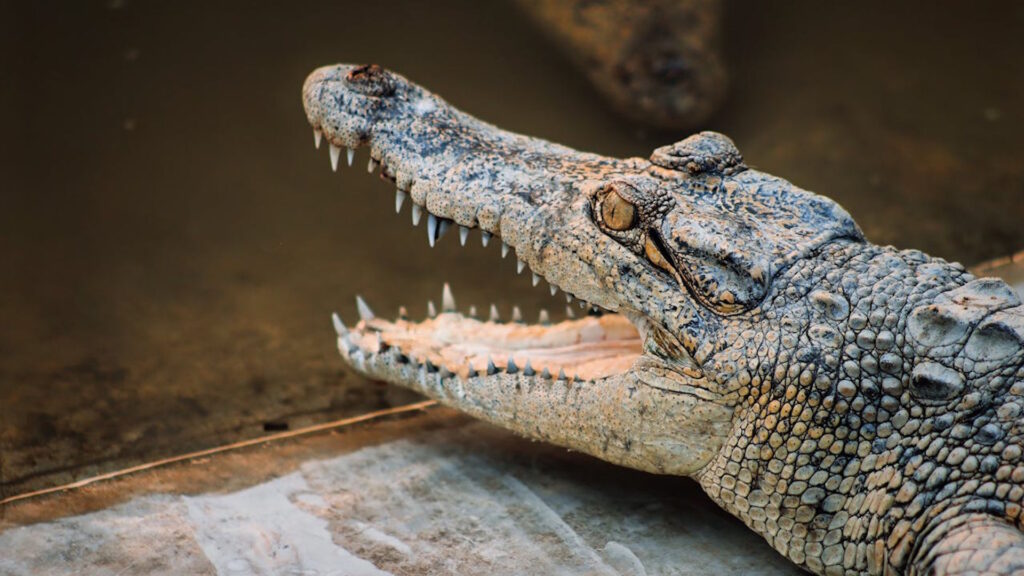
The saltwater crocodile employs a distinctive hunting strategy that capitalizes on its powerful bite. These patient predators typically use ambush tactics, remaining nearly motionless in water with only their eyes and nostrils visible while waiting for prey to approach the water’s edge. When the opportunity arises, they explode into action with a burst of speed that can exceed 12 miles per hour in short sprints, seizing prey in their powerful jaws. Upon capturing larger prey, saltwater crocodiles often employ the infamous “death roll”—a spinning maneuver that helps tear manageable pieces from the carcass while also potentially drowning struggling victims. The combination of stealth, explosive speed, and overwhelming bite force allows these crocodiles to capture prey ranging from fish and small mammals to full-grown water buffalo and occasionally humans. Their ability to take down such varied and sometimes massive prey is a direct result of their exceptional bite strength.
Measuring Techniques: How Scientists Quantify Bite Force

Accurately measuring the bite force of dangerous predators presents significant scientific challenges that researchers have ingeniously overcome. The most reliable data on crocodilian bite force comes from studies using bite-force transducers—specialized devices that contain pressure sensors enclosed in protective casings. Scientists typically stimulate the crocodile to bite down on these devices through controlled provocation in a safe handling environment. The data collected is then analyzed to calculate the force applied at different points along the jaw, as bite force varies depending on which teeth are engaged. Extrapolation techniques allow researchers to estimate bite forces for specimens too large or dangerous for direct testing, based on skull dimensions and muscle attachment points. The groundbreaking research led by Dr. Gregory Erickson and colleagues has transformed our understanding of bite mechanics not just in living crocodilians but has provided insights into extinct reptiles like dinosaurs.
Comparison to Other Formidable Biters
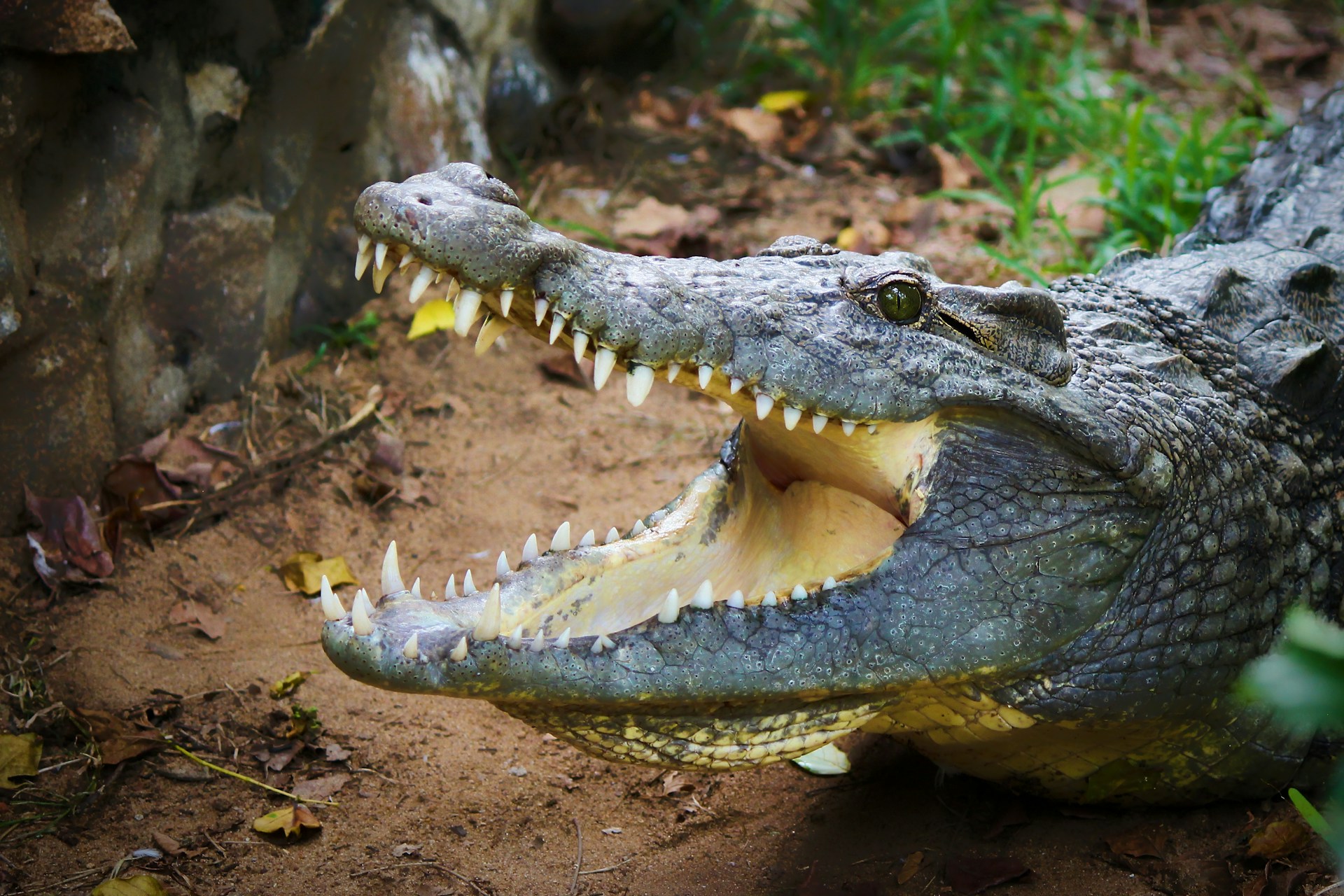
While the saltwater crocodile reigns supreme in bite force among living animals, several other creatures deserve honorable mentions for their impressive jaw power. The American alligator generates approximately 2,100 psi, making it the second most powerful biter among living reptiles. Among mammals, the hippopotamus leads with a bite force around 1,800 psi, followed by jaguars (approximately 1,500 psi), which have the strongest bite relative to body size among big cats. Great white sharks produce an estimated bite force of about 4,000 psi according to some calculations, though direct measurements remain challenging in marine environments. Perhaps most impressive is the extinct Tyrannosaurus rex, which paleontologists estimate could have generated bite forces between 8,000-12,000 psi, potentially making it the strongest biter in terrestrial animal history. Despite these impressive figures, the saltwater crocodile maintains its distinction as having the strongest scientifically measured bite among all living animals.
The Role of Size in Bite Force

A direct correlation exists between the size of a saltwater crocodile and the power of its bite, with larger specimens generating substantially greater forces. This relationship is primarily due to the scaling of muscle mass and mechanical advantage as the animal grows. Small juvenile saltwater crocodiles, measuring around 1.5 meters in length, typically generate bite forces of several hundred psi—already impressive but far from the record-breaking levels of adults. As they grow, both the cross-sectional area of their jaw muscles and the leverage provided by their skeletal structure increase disproportionately, creating an exponential rather than linear increase in bite force capacity. This explains why the largest saltwater crocodiles, exceeding 6 meters in length, are estimated to potentially generate bite forces approaching or exceeding 7,000 psi. The relationship between size and bite force also helps explain why saltwater crocodiles, as the largest crocodilian species, have evolved to possess the strongest bite in the animal kingdom.
Dental Adaptations for Extreme Force
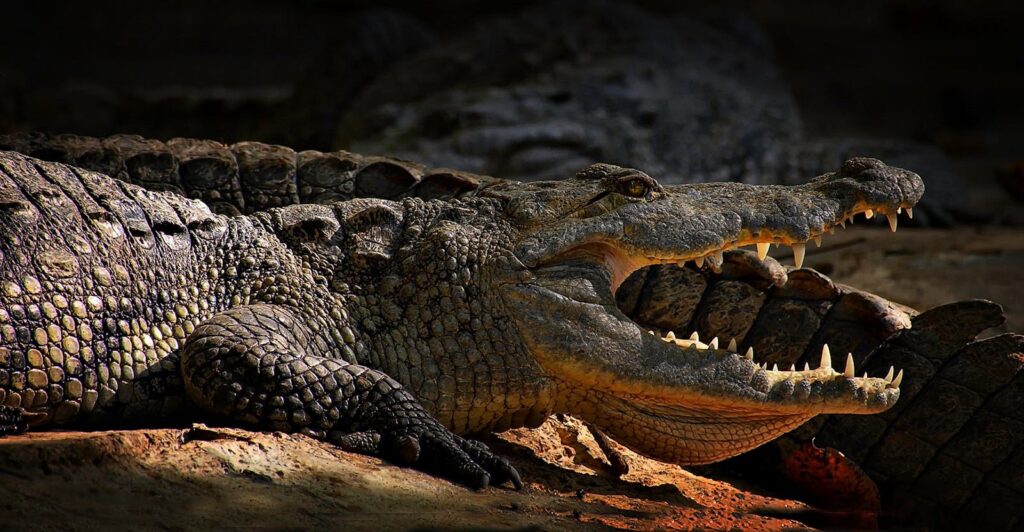
The teeth of saltwater crocodiles have evolved specialized adaptations to withstand and maximize the utility of their extraordinary bite force. Unlike mammalian teeth with their varied forms for different functions, crocodiles possess a relatively uniform set of conical teeth designed primarily for seizing and holding prey rather than chewing. These teeth are deeply anchored in the jaw bone and continuously replaced throughout the animal’s life, with new teeth developing beneath old ones and pushing them out in a conveyor-belt-like system that ensures damaged teeth are regularly replaced. The conical shape of crocodile teeth creates focused pressure points that maximize penetration force when biting, allowing them to puncture tough hides and shatter bones. Additionally, the slight backward curve of these teeth creates a natural locking mechanism, making it nearly impossible for prey to escape once captured in the crocodile’s jaws, even before the death roll begins.
Conservation Status and Threats

Despite possessing the most powerful bite in the animal kingdom, saltwater crocodiles face significant conservation challenges that have affected their populations throughout their range. Historically, these formidable predators were extensively hunted for their valuable skins, which are prized in the leather industry for their distinctive pattern and durability. By the 1970s, unregulated hunting had driven many populations to the brink of extinction, prompting international protection measures and hunting restrictions. While some populations, particularly in northern Australia, have recovered remarkably well under protection, saltwater crocodiles remain vulnerable or endangered in many parts of their range due to continued habitat destruction, pollution of waterways, and human-wildlife conflict. Conservation efforts now focus on sustainable management practices, including regulated harvesting programs in some regions, habitat protection initiatives, and community education to reduce conflict with local human populations who share their ecosystems.
Human Interactions and Safety

The exceptional bite force and predatory capabilities of saltwater crocodiles make them one of the few animals that regularly view humans as potential prey, creating significant safety concerns in regions where they occur. Australia’s Northern Territory alone records an average of one to two fatal attacks per year, with many more non-fatal incidents occurring throughout the species’ range. Wildlife management authorities in affected regions have implemented extensive public education campaigns, warning signage, and in some cases, active removal of problem crocodiles from areas with high human activity. Despite these measures, the ongoing expansion of human settlements into crocodile habitat continues to increase the potential for dangerous encounters. Professional crocodile handlers and wildlife researchers who work with these animals employ specialized techniques and equipment to safely manage them, including reinforced restraints that can withstand their tremendous bite force, though even these precautions occasionally prove insufficient against larger specimens.
Scientific Significance and Future Research
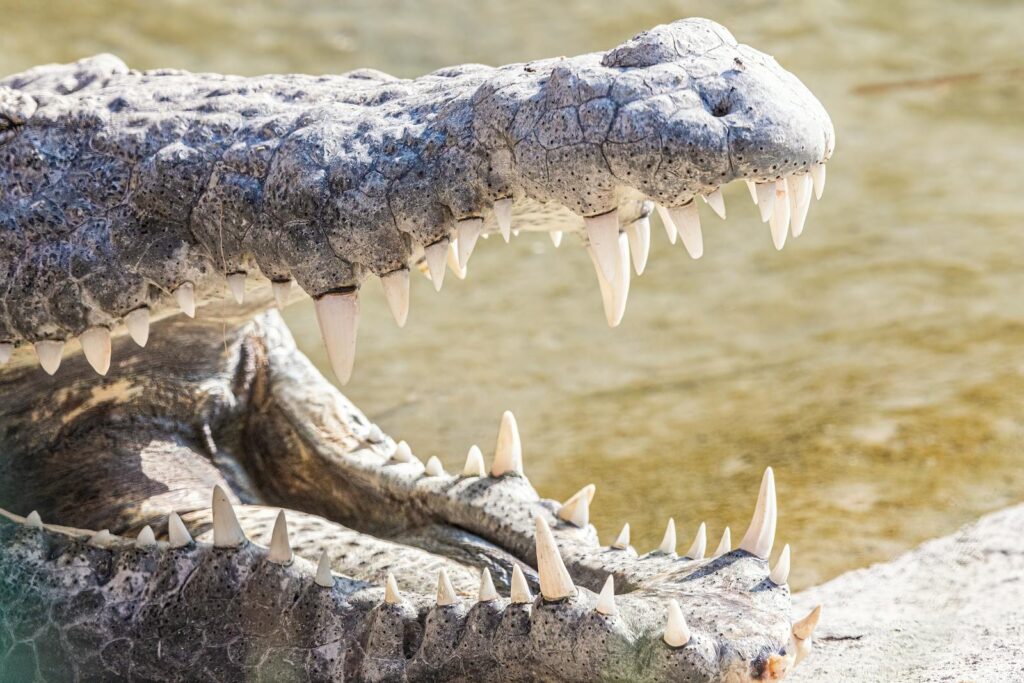
The record-breaking bite force of saltwater crocodiles continues to intrigue scientists across multiple disciplines, sparking ongoing research with broad applications. Biomechanical engineers study the structural principles behind the crocodile’s jaw system to develop more efficient mechanical systems and stronger materials that might one day be applied to everything from construction equipment to protective gear. Paleontologists use data from living crocodilians to better understand the capabilities of extinct reptiles, refining their models of how prehistoric ecosystems functioned. Medical researchers examine the remarkable immune systems of crocodiles, which allow them to recover from grievous injuries inflicted during territorial disputes—injuries often caused by the tremendous bite forces of rival crocodiles. Future research directions include more precise measurement techniques for safely assessing the largest specimens, better understanding how crocodile bite mechanics change with age, and exploring the genetic basis for the development of their specialized jaw musculature, potentially yielding insights relevant to human muscular disorders.
Cultural Significance Across Civilizations

The awesome power of crocodiles, epitomized by their devastating bite, has earned them prominent places in human cultures throughout history. In ancient Egypt, the crocodile god Sobek represented pharaonic power and fertility, while Aboriginal Australians incorporated saltwater crocodiles into their Dreamtime stories as creator beings and enforcers of natural law. Across Southeast Asia, crocodiles feature prominently in folklore as both feared predators and respected symbols of power, with many traditional communities observing specific taboos and rituals related to these animals. Modern culture continues this fascination, with crocodiles—particularly large saltwater crocodiles—featuring prominently in wildlife documentaries, adventure tourism, and as symbols of raw natural power in marketing and branding. The cultural significance of these ancient reptiles and their legendary bite force transcends geographical boundaries, reflecting humanity’s enduring fascination with apex predators and the primal forces they represent in our collective consciousness.
The saltwater crocodile’s record-breaking bite force represents one of nature’s most remarkable evolutionary achievements—a perfect synthesis of specialized anatomy, efficient biomechanics, and predatory behavior refined over millions of years. As we continue to study these ancient reptiles, we gain not only a deeper appreciation for their exceptional capabilities but also valuable insights that may inform fields ranging from engineering to medicine. Despite their fearsome reputation, these powerful predators remain vulnerable to human activities across much of their range, reminding us that even the strongest bite in the animal kingdom offers limited protection against the broader threats of habitat loss and climate change. The continued survival of these living dinosaurs, with their extraordinary adaptations, ultimately depends on our commitment to conservation and responsible coexistence with one of nature’s most perfectly designed predators.


